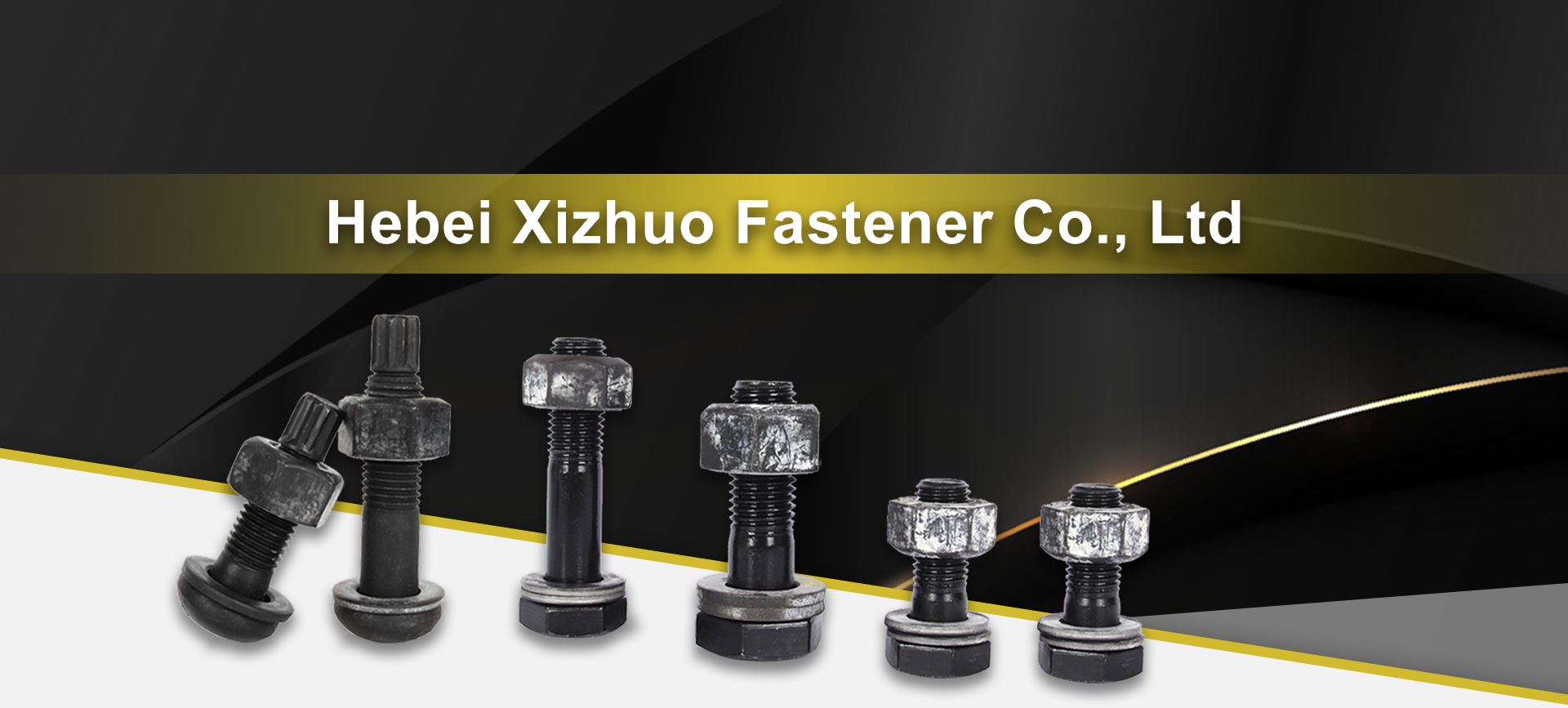heavy hex structural bolts
Heavy Hex Structural Bolts Essential Components in Engineering and Construction
Heavy hex structural bolts are crucial fasteners used in various engineering and construction applications. Recognized for their strength, durability, and versatility, these bolts are designed to stabilize structures and ensure longevity. Understanding their design, benefits, and applications is critical for engineers and construction professionals.
Design and Specifications
Heavy hex structural bolts, characterized by their larger hex head, are typically made from high-strength materials, including carbon steel and alloy steel. These bolts are produced in different grades, such as ASTM A325 and A490, which indicate their mechanical properties and tensile strengths. The heavy hex head provides a larger bearing surface, allowing for improved load distribution and minimizing the risk of bolt failure.
The dimensions of heavy hex bolts are standardized, with lengths ranging from 1 inch to several feet. Their diameter can vary from ½ inch to 2 inches or more, depending on the requirements of the specific project. The bolt's length and diameter will influence its load-carrying capacity, making careful consideration essential when selecting the appropriate specifications for particular applications.
Applications
Heavy hex structural bolts are widely utilized in diverse fields, including construction, manufacturing, and infrastructure projects. They play a pivotal role in the assembly of steel structures, such as bridges, high-rise buildings, and shipping containers. In these scenarios, the bolts help to secure components together, enhancing the overall structural integrity.
heavy hex structural bolts

In addition to buildings and bridges, these bolts are also employed in machinery and equipment assembly, especially where mechanical strength and stability are paramount. They are often found in applications that experience significant stress and require reliable fastening solutions capable of withstanding dynamic loads.
Advantages
One of the key advantages of heavy hex structural bolts is their superior strength. Due to their design and material composition, they can endure substantial loads without yielding or failing. This is particularly important in applications where safety is a concern, such as in the construction of bridges and other critical infrastructure.
Moreover, heavy hex bolts are resistant to loosening due to their larger surface area and the use of high-shear strength materials. This durability reduces the need for frequent maintenance and inspections, ultimately lowering project costs over time. It is also worth noting that heavy hex bolts can be easily installed with standard tools, making them user-friendly for onsite assembly.
Another notable benefit is their adaptability. Heavy hex structural bolts can be used in various environments, including those subject to extreme temperatures, vibrations, and corrosive conditions. With proper coatings or treatments, these bolts can resist corrosion, thereby prolonging their lifespan and maintaining structural integrity over time.
Conclusion
Heavy hex structural bolts are indispensable components in today’s engineering and construction landscapes. Their strength, durability, and versatility make them suitable for a wide range of applications, ensuring that they are a critical choice for professionals seeking reliable fastening solutions. As the industry continues to advance, the importance of robust and dependable fasteners will only grow, underscoring the ongoing relevance of heavy hex structural bolts in ensuring the safety and longevity of structures worldwide. Engineers and builders must stay informed about advancements in bolt technology to make the best choices for their projects.
-
Weatherproof Plastic Expansion Anchors for OutdoorАхборJun.06,2025
-
Sustainability in the Supply Chain: Eco-Friendly TEK Screws ProductionАхборJun.06,2025
-
Load-Bearing Capacity of External Insulation FixingsАхборJun.06,2025
-
Double Head Bolts: Enhancing Efficiency in Industrial MachineryАхборJun.06,2025
-
Corrosion Resistance in Chipboard Screws: Coatings for Wholesale DurabilityАхборJun.06,2025
-
Butterfly Toggle Bolts : Enhancing Structural ResilienceАхборJun.06,2025
